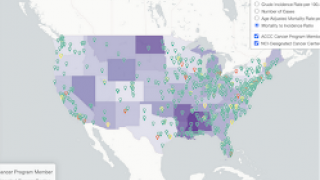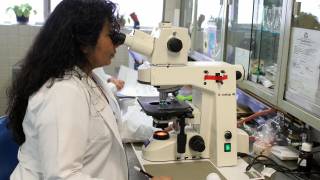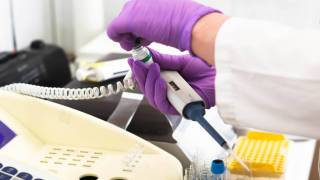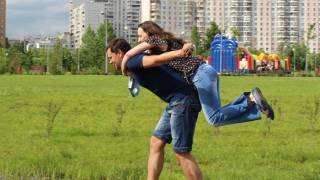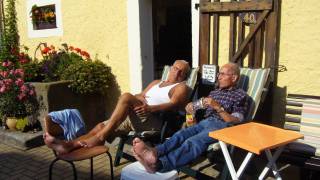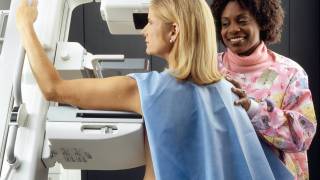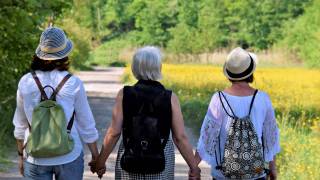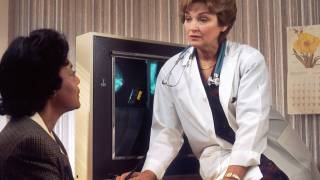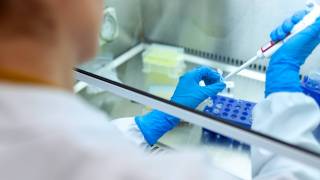Just 1 HPV Vaccination Protects 45% of Women From Cancer

A new study has reported that 1-dose of the human papillomavirus (HPV) vaccine provides about 47 percent protection against high-grade cervical lesions.
This is important news since cervical cancer lesions are likely to turn cancerous.
Published in the American Journal of Epidemiology on November 4, 2019, these researchers evaluated real-world vaccine effectiveness (VE) of 1, 2, and 3 doses of the HPV vaccine in women.
They analyzed data on cervical intraepithelial neoplasia grades 2–3 and adenocarcinoma in situ (CIN2+) from the HPV Vaccine Impact Monitoring Project (HPV-IMPACT), 2008–2014.
Because HPV vaccines work by preventing infection and may take years after infection for CIN2+ lesions to develop, these researchers defined a buffer period between vaccination and CIN2+ diagnosis to decrease the likelihood of including lesions caused by HPV types acquired before vaccination.
This study evaluated VE against vaccine-type disease, rather they used all-cause CIN2+ histology or cytologic abnormalities, which would include many cases associated with HPV types, not targeted by the vaccine.
Among 3,300 women with CIN2+, typing results, and vaccine history available, 1,561 (47%) were HPV-16/18 positive, 136 received (4%) 1 dose, 108 (3%) 2 doses, and 325 (10%) 3 doses.
The adjusted odds ratios for VE for 1-dose (47%), 2-doses (55%), and 3-doses (74%).
“Research continues to prove that the HPV vaccine significantly reduces the risk of certain cancers, but vaccine rates demonstrate that parents do not understand this to be true,” shared Chris Felton, PharmD Clinical Pharmacist MTM and Immunization Specialist for Brookshire Grocery Company.
“As healthcare professionals, we need to be more diligent at spreading that message. Parents need to fully grasp the fact that they can reduce their children’s risk of developing cancer later in life simply by getting them vaccinated," continued Felton.
A major limitation of most studies published to date is that they have been conducted in settings of catch-up vaccination programs; among these, most have found higher VE estimates for 3 doses than 1 or 2 and little to no evidence for VE with fewer than 3 doses.
In this analysis, like other studies that include adult catch-up vaccines, they found the highest VE with 3 doses; however, in contrast to those studies, there was evidence of some, albeit lower, protection with fewer than 3 doses.
A few studies have been conducted to evaluate VE in women who were mainly vaccinated at younger ages; these have been done in settings without catch-up vaccination extending into adulthood, by restricting the analysis to women who had been vaccinated as adolescents, or by only including cohorts who were vaccine-eligible as adolescents.
In all 4 of these studies, a similar VE was estimated for 1 and 3 doses of the HPV vaccine.
This may suggest that women who are vaccinated at younger ages need fewer doses for equal protection, or that there is confounding in analyses that include women who received catch-up vaccination.
Women who received less than 3-doses might have been more likely to initiate vaccination after exposure to HPV infection than those who received 3 doses.
In conclusion, this study should be interpreted with the understanding of biases that might affect VE estimates by the number of vaccine doses.
The higher VE in the younger cohort underscores the importance of vaccination at younger ages, before exposure to HPV.
At the same time, these data provide encouraging evidence that some women who were vaccinated older than the recommended ages of 11-12 years can still receive protection against HPV-16/18 associated CIN2+.
Continued surveillance will provide data for further evaluation of the effectiveness of 1-dose of the HPV vaccine, which there is increasing international interest, said these researchers.
Additionally, as adolescents who were vaccinated following the 2016 3-dose recommendation reach the age for cervical cancer screening, future analyses can better evaluate VE of fewer doses administered consistent with current recommendations, concluded these researchers.
HPV vaccine news
- Canada Cutting Cancer Rates With HPV Vaccine
- Preventing Oral HPV Infections Can Prevent Oropharyngeal Cancers
- Does HPV Vaccine Reduce HIV-Positive Men Oral Cancer Risks?
Gardasil was a commonly used HPV vaccine between 2009 and 2016 and protects against infection with 4 HPV types— 2 that cause most HPV-related cancers and 2 that cause genital warts.
The Gardasil 9 vaccine is endorsed by the Advisory Committee on Immunization Practices for all boys and girls at age 11 or 12, and for everyone through age 45, if they weren’t already vaccinated.
Gardasil 9 known side effects include pain, swelling, redness, itching, bruising, bleeding, and a lump where your child got the shot, headache, fever, nausea, and dizziness.
Any vaccine can cause side effects, which should be reported to a healthcare provider asap.
>> Gardasil 9 vaccine discounts <<
Anyone who is allergic to the ingredients of Gardasil 9, including those severely allergic to yeast, should not receive the vaccine.
HPV Vaccine news published by Vax Before Cancer.
This new research was supported by a cooperative agreement through the CDC’s Emerging Infections Program (grant numbers U50CK000482 [California], U50CK000488 [Connecticut], U50CK000486 [New York], U50CK000484 [Oregon], and U50CK000491 [Tennessee]). Conflict of interest: Linda M. Niccolai reports personal fees from Merck, outside of the submitted work.
Our Trust Standards: Medical Advisory Committee






